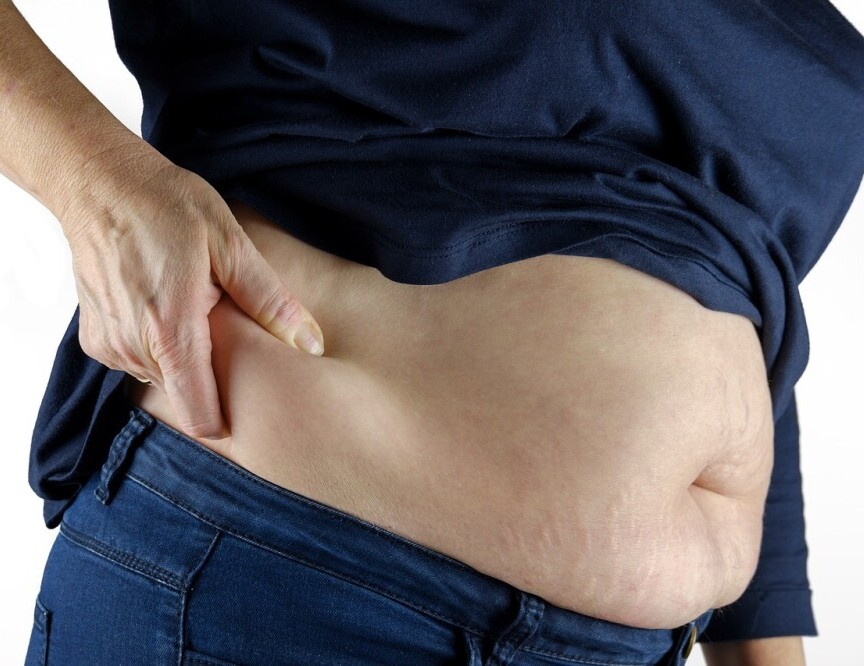
Alright, let’s face it, nobody enjoys watching that number on the scale creep up as the years go by. For women, especially those hitting the big post-menopausal phase, weight gain seems almost inevitable. But why is that? Well, unlike our male counterparts, women tend to have a slower metabolism as they age. It’s not just about the calories; it’s the whole body system slowing down.
During menopause, there’s a significant decrease in estrogen, which plays a big role in how our body manages fat. Less estrogen means the body tends to hold on to fat more stubbornly. And since women generally have lower lean muscle mass, the calorie burn scenario isn’t quite rosy either.

The kicker? Even when hitting the gym regularly and watching what you eat, women find they need to work doubly hard to see even a sight of that needle dropping on the scale. It’s not all gloom and doom though. Understanding this change is half the battle won, and once you do, there’s plenty you can do to manage and even combat unwanted weight gain!
The Danger of Belly Fat and Health Concerns
Belly fat isn’t just about aesthetics; it’s about health. We’ve all heard how dangerous visceral fat can be, but let’s break it down. Visceral fat is the kind of fat that wraps around your internal organs and settles right in your belly. Unlike the squishy subcutaneous fat you can pinch, visceral fat is more tightly packed and, unfortunately, more harmful.

For post-menopausal women, belly fat can start showing up more often. This shift isn’t just frustrating; it’s concerning. It’s linked with an increased risk of some pretty serious health issues like high cholesterol, elevated blood pressure, and high blood sugar. All of these are bad news for heart health. So, that extra fluff around the waist isn’t just stubborn; it’s linked with heart disease and diabetes risks.
Even if your body mass index (BMI) claims you’re in the “normal” range, a large waistline can spell trouble. Carrying extra centimeters around your belly drastically ups your chances of developing cardiovascular disease. Pay attention to where you’re gaining weight because it matters as much, if not more, than how much you’re gaining each year.
Fat Distribution and Its Health Implications
Not all fat is created equal when it comes to your health. Women tend to store fat differently than men, with hips, thighs, and even upper arms being common spots. These areas are generally less risky than when fat decides to hang out in the belly region.
Estrogen plays a huge role in this distribution game. With menopause rolling in, estrogen levels drop, and the body’s method of stashing fat shifts, often resulting in increased abdominal fat. Why does this matter? Well, belly fat is linked to more severe health issues compared to fat stored in other parts of the body.
A simple way to keep an eye on this is through waist measurements. It’s not just a number; it’s an indicator of your cardiovascular health risks. A larger waistline, post-menopause, means a higher risk of heart-related diseases, so it’s critical to keep track of changes for peace of mind and health management.
Accurate Measurements: Assessing Belly Fat Risk
When it comes to figuring out if your belly fat’s in the danger zone, your waist circumference is the go-to measurement. The process is pretty straightforward: grab a measuring tape and wrap it around at the top of your hip bones. Stand relaxed, avoid sucking in, and be sure the tape’s level all the way around.

A waist measurement of 35 inches or more is a red flag for women, signaling a higher risk for conditions like heart disease, type 2 diabetes, and high blood pressure. But remember, this isn’t about shaming; it’s about staying on top of your health.
Tracking your waist size regularly can be a smart move. It gives you an idea about any creeping issues early on and offers a chance to tweak your health strategies before things get serious. Don’t stress about what the tape says today. Instead, use it as a tool to keep you informed and proactive about your health journey.
Effective Strategies to Combat Belly Fat
Taking control of belly fat post-menopause starts with the basics—eating right and staying active. Shift your focus to a balanced diet that favors whole foods and cuts down on sugary and processed stuff. It’s about building habits that are sustainable and enjoyable.
Exercise is your other strong ally here. Aim for a mix of cardio and strength training to help boost metabolism and maintain muscle mass. Even small, consistent changes can go a long way in tackling a stubborn belly.
Establishing realistic goals is crucial. Don’t aim for dramatic overnight changes. Tackle it day by day for less stress and more manageable results.
Finally, don’t hesitate to consult a healthcare professional. They can provide personalized guidance tailored to target belly fat, considering any existing health conditions or medications.
Whether it’s through adjusting your diet or stepping up your exercise game, each positive change is a step toward better health and lower risk of disease. Remember, it’s about making choices that you can stick with over the long run.
Note: As an amazon associate, I may earn a commission at no extra cost to you. It’s a simple way you can support my mission to bring you quality wellness contents.
